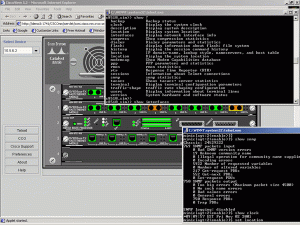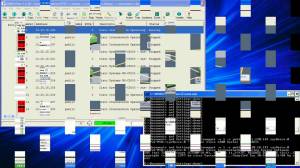SNMP messaging is one of the best tools that help network administrators really well. The idea behind SNMP is, devices on the network – for example a local router or a switchare able to send their conditions and alert to a central management application, specifically about potential issues. Their local condition is monitored through an agent that communicates the information through SNMP messaging.
So, for example, one straightforward responsibility of an SNMP agent in a network is reporting. In this instance, an agent can be setup to report to the main management application at specific intervals, allowing the the manager to know that the device is still connected to the network and is running. However, if there is an issue and the agent falls short to report in at the anticipated time, the server instantly knows there’s a status issue with the tool that should be addressed. Communication in the form of a phone call or a text message can be sent to the network manager so the problem can be resolved. SNMP can enable a range of conditions to be checked, accounted and acted upon.
While SNMP messaging is an excellent means to monitor, report issues and eventually take counteractive actions, it also has its pitfalls. More exactly, SNMP does not have the abilities to perform anything more or less than what the manager asks.
Therefore, if a network administrator asks an SNMP agent to send a status report every minute, that is exactly what it’ll perform. If the action that is tied to a breakdown of a device is to send a mail to the manager every time the device fails to report, it is possible that one morning, the manager is greeted with hundreds of mails related to the breakdown of that device. Another step such as expanding the reporting period can decrease those mails from hundreds to a few.
MIMIC SNMP Simulator creates a network of up to 100,000 SNMP manageable devices. MIMIC ships with a large number of pre-compiled MIBs, networks and devices from the leading networking companies. MIMIC simulated devices respond to SNMPv1, SNMPv2C and SNMPv3 queries. MIMIC SNMP Simulator allows you generate thousand of traps to simulate disaster scenarios. Managing complicated network is now easy with MIMIC SNMP simulator.








0 comments:
Post a Comment